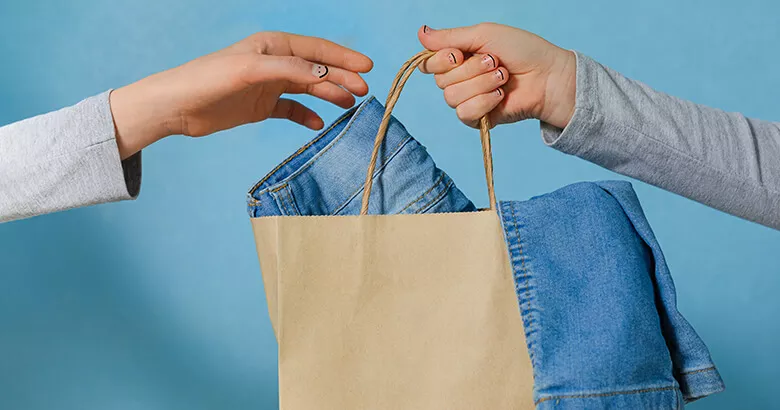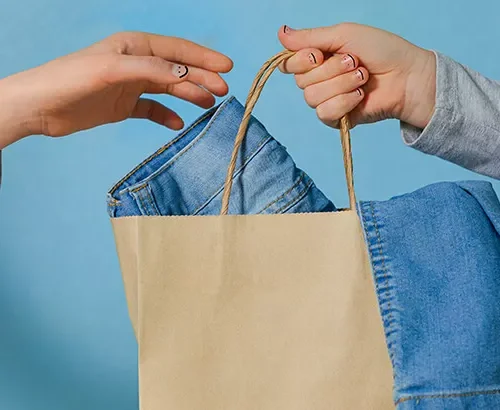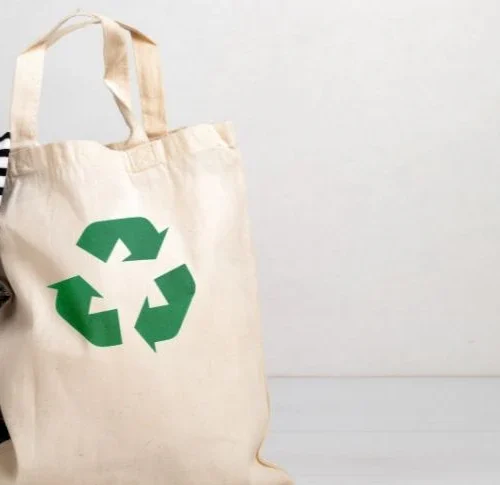
We have become accustomed to buying all kinds of second-hand products. According to the Cetelem Observatory, 74% of the Spanish people surveyed have bought second-hand products on some occasion. Only 26% say they have never done so.
According to this study, 43% have opted for ReCommerce at some point during the year, while 27% of those surveyed say they do so at least once a month. There is even 4% who say they buy second-hand products every week.
The reasons that explain this rise in ReCommerce are different. 7 out of 10 Spaniards (70%) say they do so to save money. But there are also many people who buy second-hand products to preserve resources and the environment (30%), to earn money by buying and selling (27%), because this option allows them to consume more products and access goods that they would not normally be able to afford (23%), as detailed in the aforementioned report.
Thus, this market is acquiring a very significant volume. According to the report ‘X-ray of the Second-Hand Market in 2023’, prepared by Milanuncios, this platform registered more than 5.4 million new advertisements during the past year, with a total value of the products exceeding 5.5 billion euros.
And there are many other platforms for buying and selling second-hand items that have gained enormous popularity, especially among the youngest, who are the most predisposed to ReCommerce.
There are even people who have found in them a way to earn some money, something that has put the Treasury on alert, which now requires these platforms to report users who exceed certain levels of activity.
This has generated a lot of concern among some of its users, which is why Wallapop has prepared a guide in which it explains how to pay taxes in the case of selling second-hand products, which we echoed in this article.
Advantages of ReCommerce for retailers
This rise of ReCommerce not only opens up business opportunities for individuals or for the buying and selling platforms themselves, but also for professional retailers.
Returning to the ‘Cetelem Observatory’, 62% of Spaniards buy second-hand products through peer-to-peer buying and selling platforms. But there are also many people who buy them in flea markets (26%), in physical or online stores specialising in used goods (24%) or in traditional shops that resell their own reconditioned products (18%).
According to Openbravo, a SaaS platform for retailers, opting for ReCommerce offers several advantages for retailers:
Higher revenues
Firstly, ReCommerce allows retailers to expand their product offering without investing in the production of new items, while also being able to access new customer segments and optimising profit margins.
More sustainable consumption
This is a point that has become very important in recent years. Openbravo reminds us that second-hand sales prevent the overproduction of new products, reducing the environmental footprint: less electrical waste, reduced CO2 emissions and reduced water use… For example, it notes that to manufacture a pair of jeans, it usually takes between 2,000 and 3,000 liters per piece.
Improved product life cycle
ReCommerce extends the product life cycle, as it allows retailers to obtain greater benefits from the same product, by being able to sell it several times, thus increasing the return on investment for each product.
Better brand image
Consumers now take sustainability and environmental responsibility into account, so they value the commitment of brands and retailers positively.
Openbravo notes that retailers who implement ReCommerce in their business are not only more sustainable, but this also impacts the brand image externally, helping to position it as a more reliable, ethical and innovative company.







